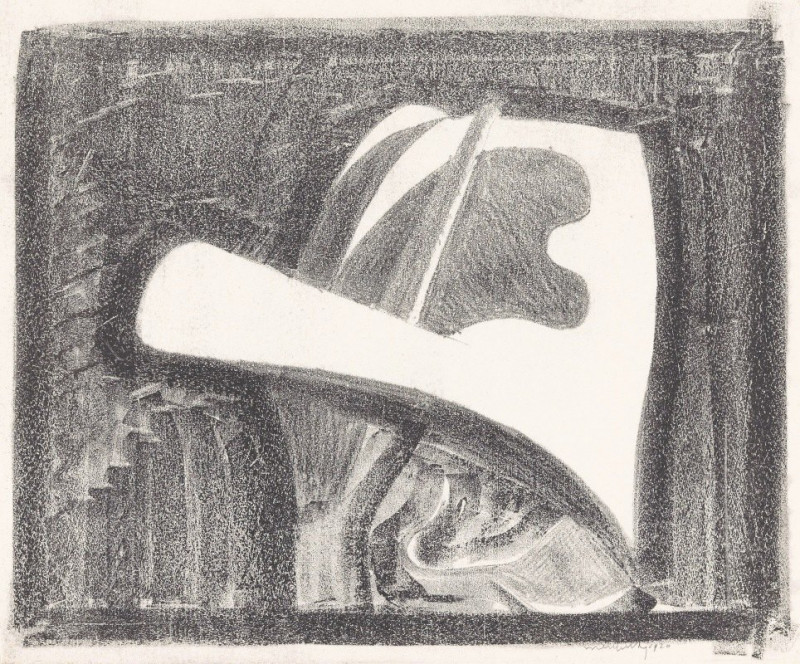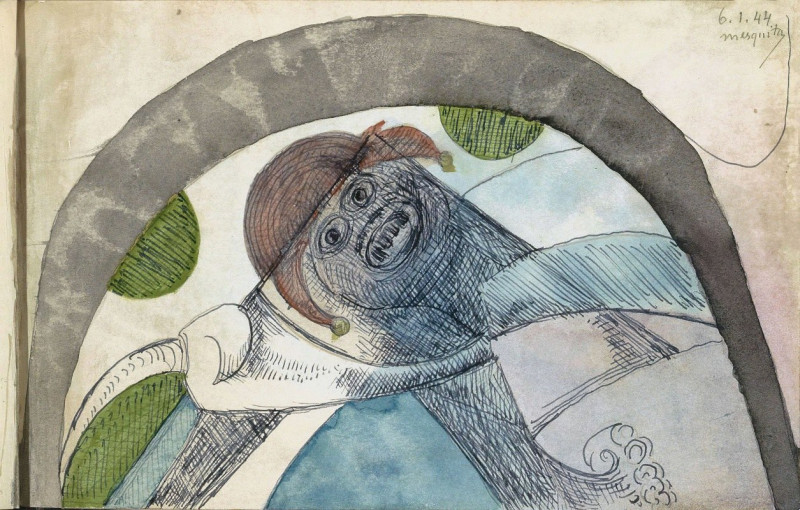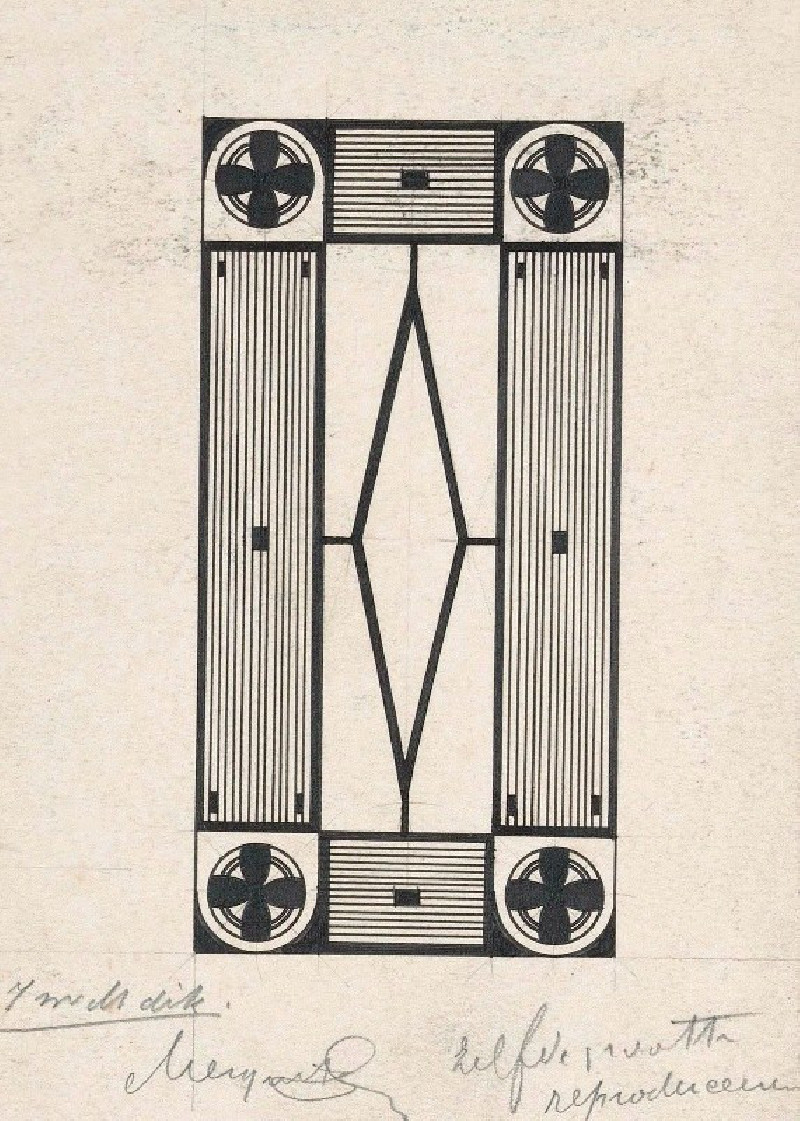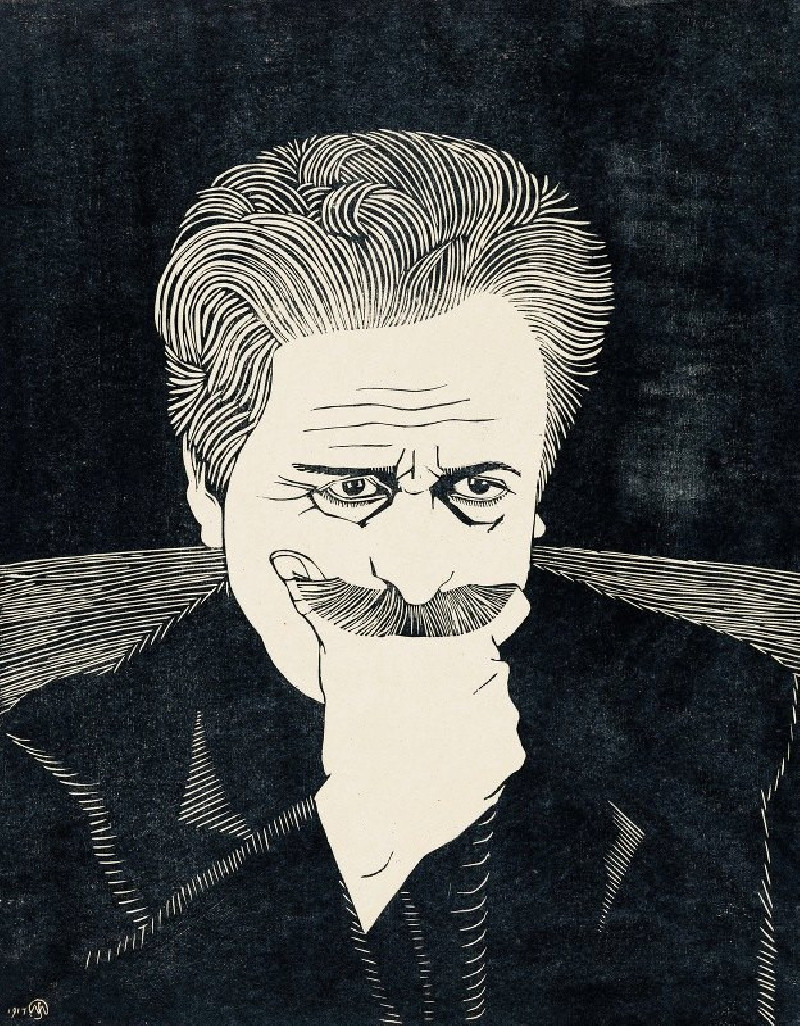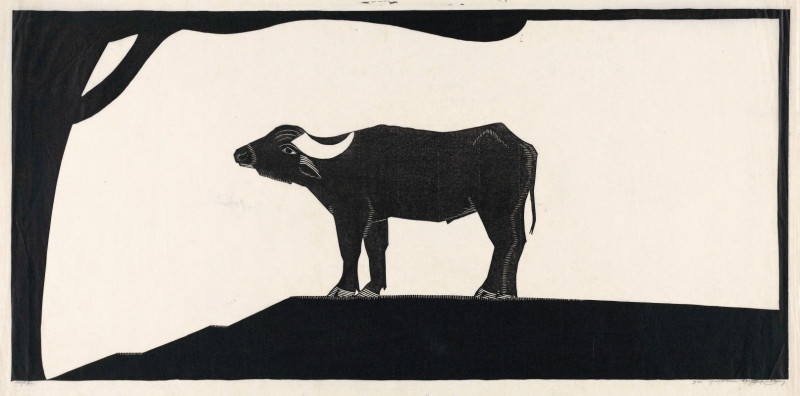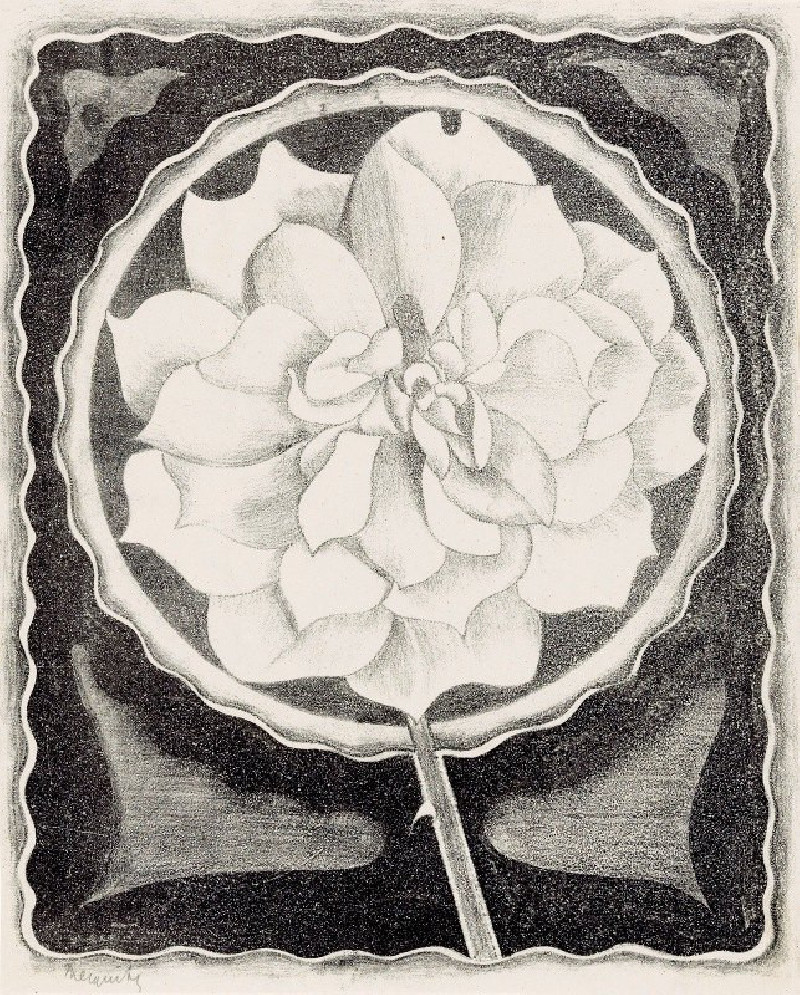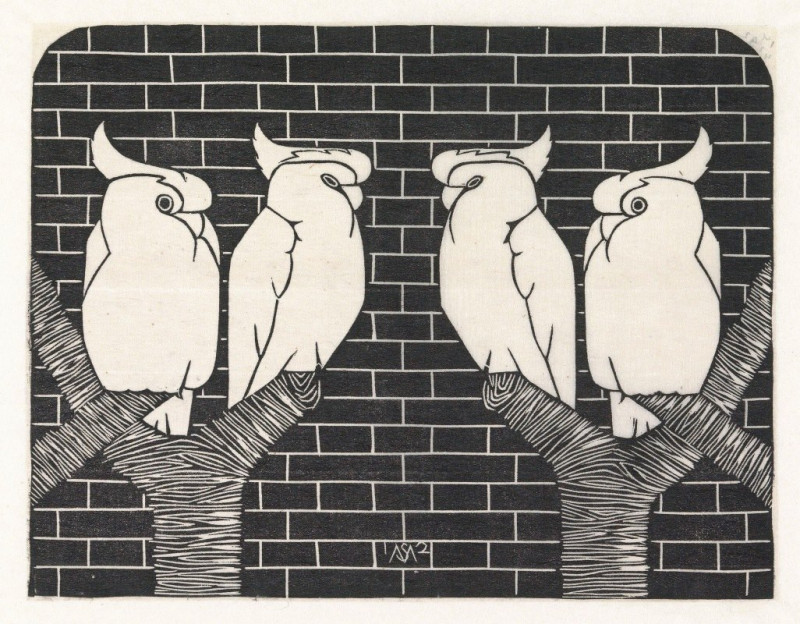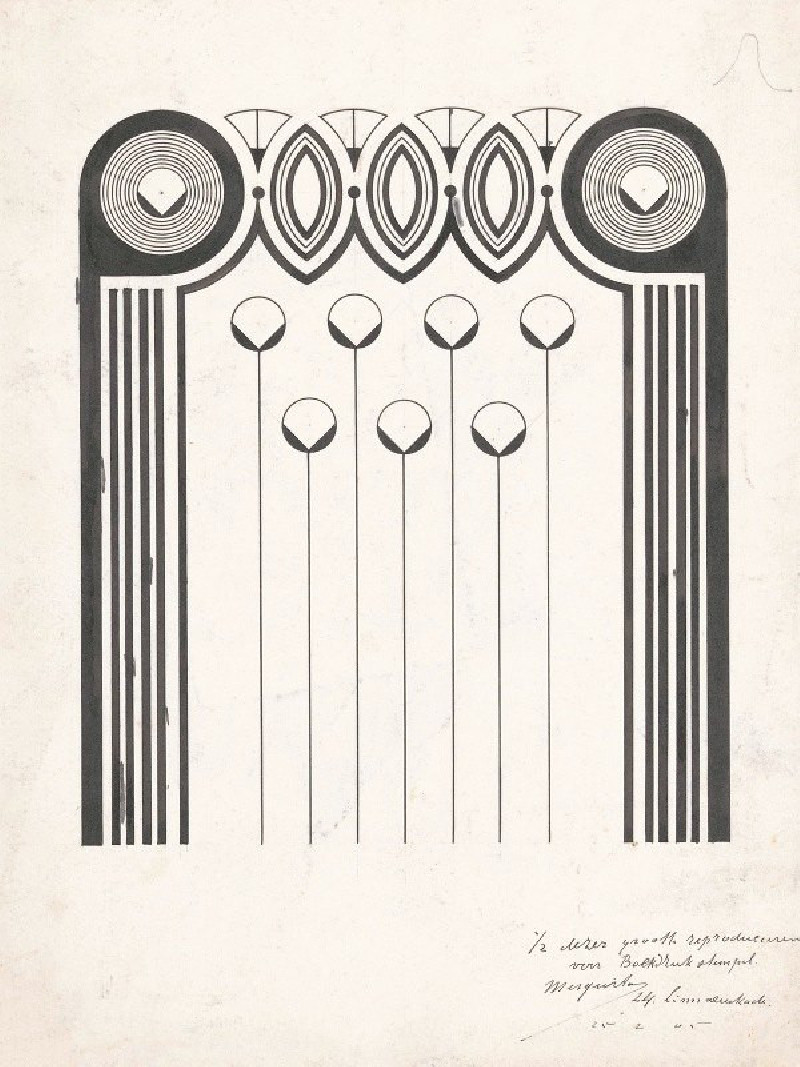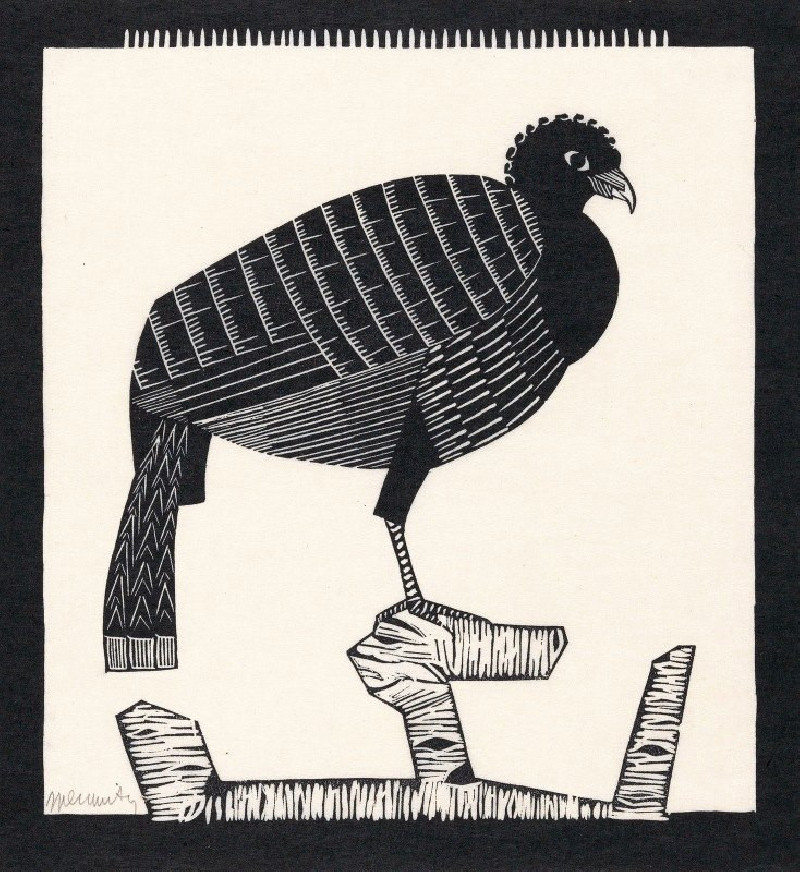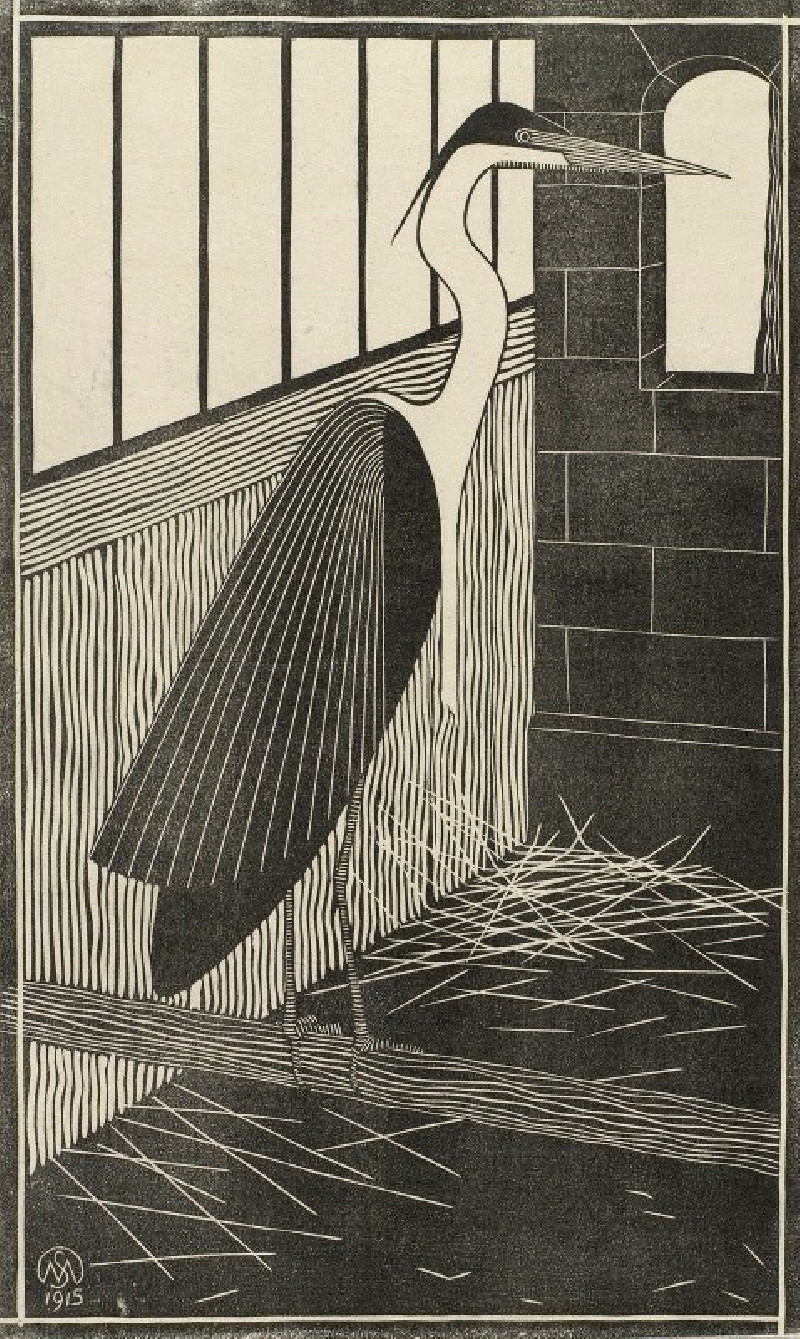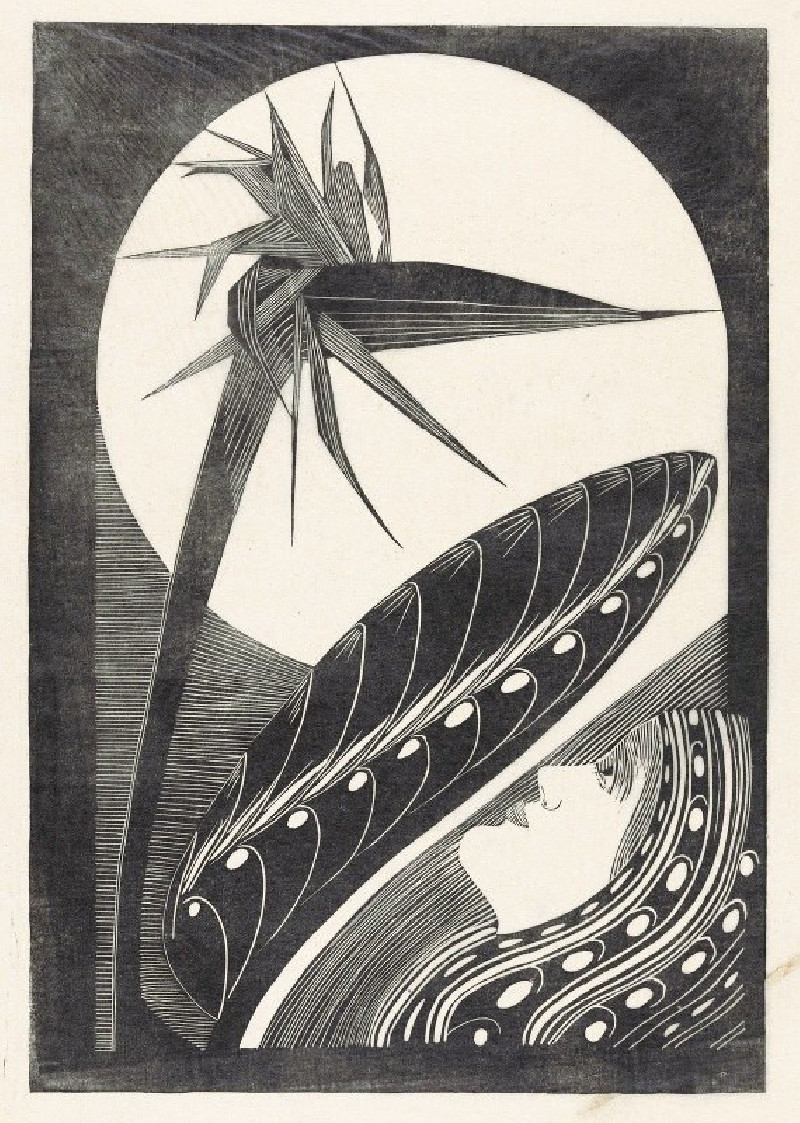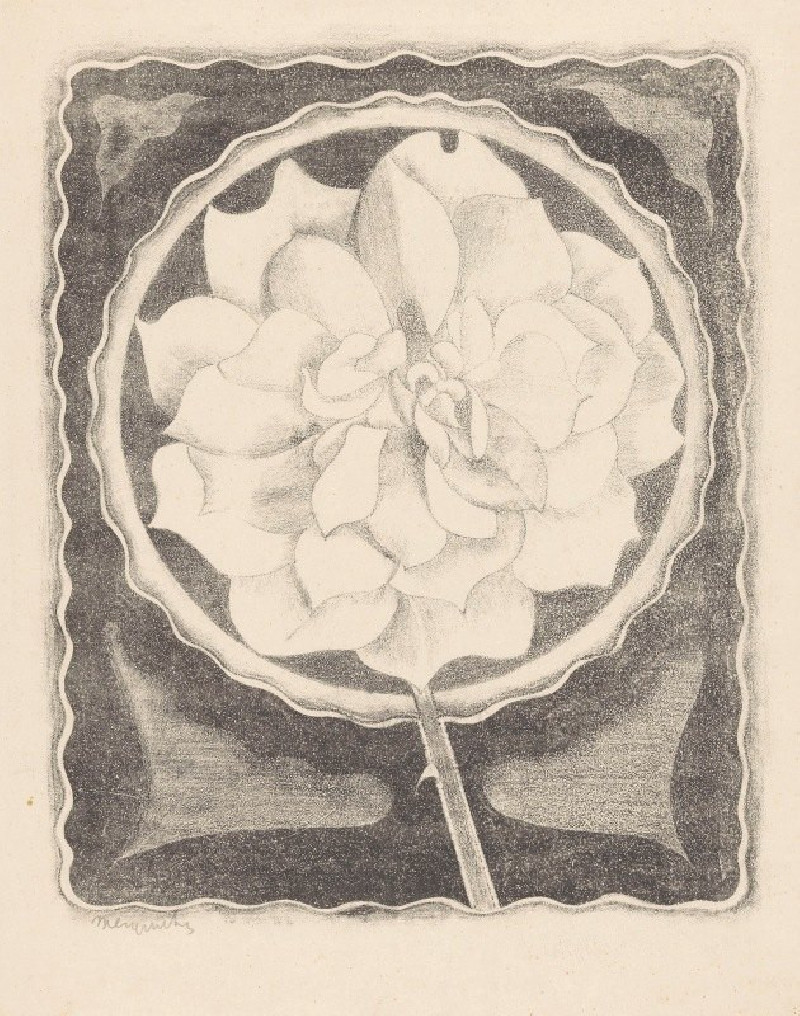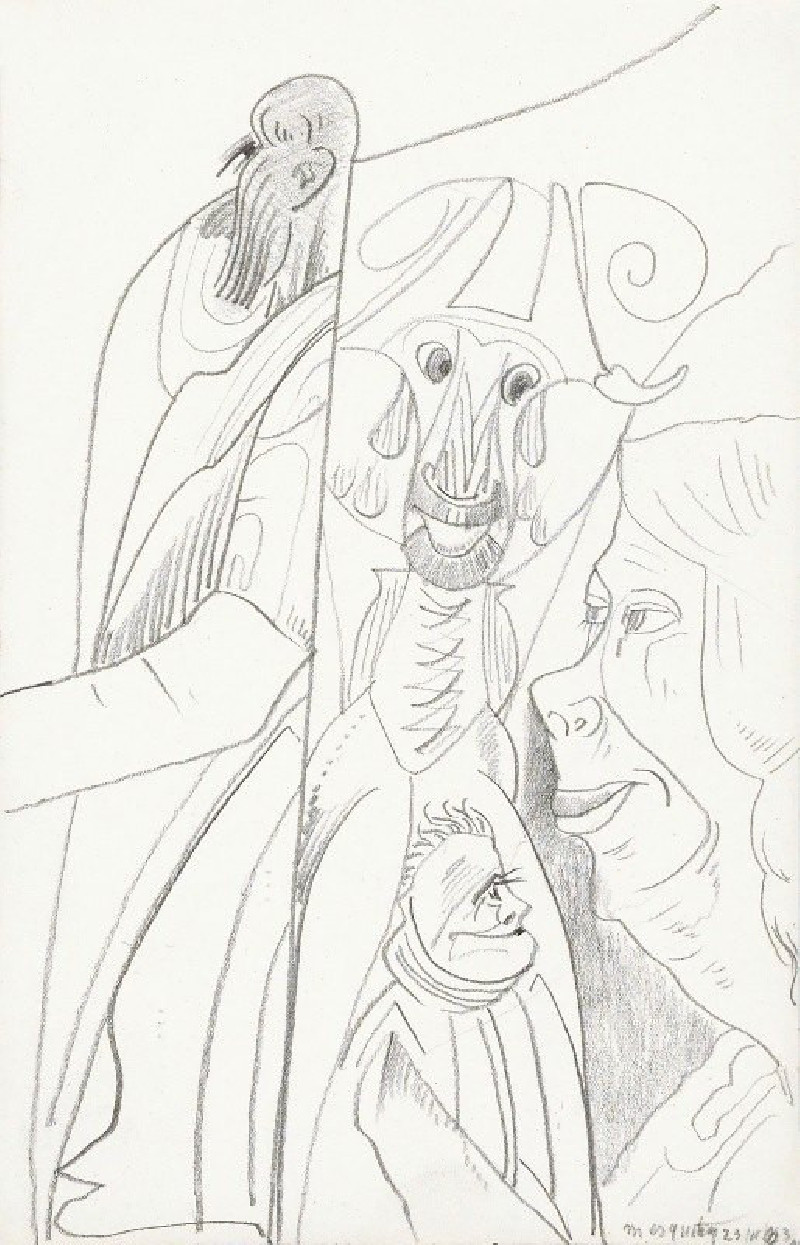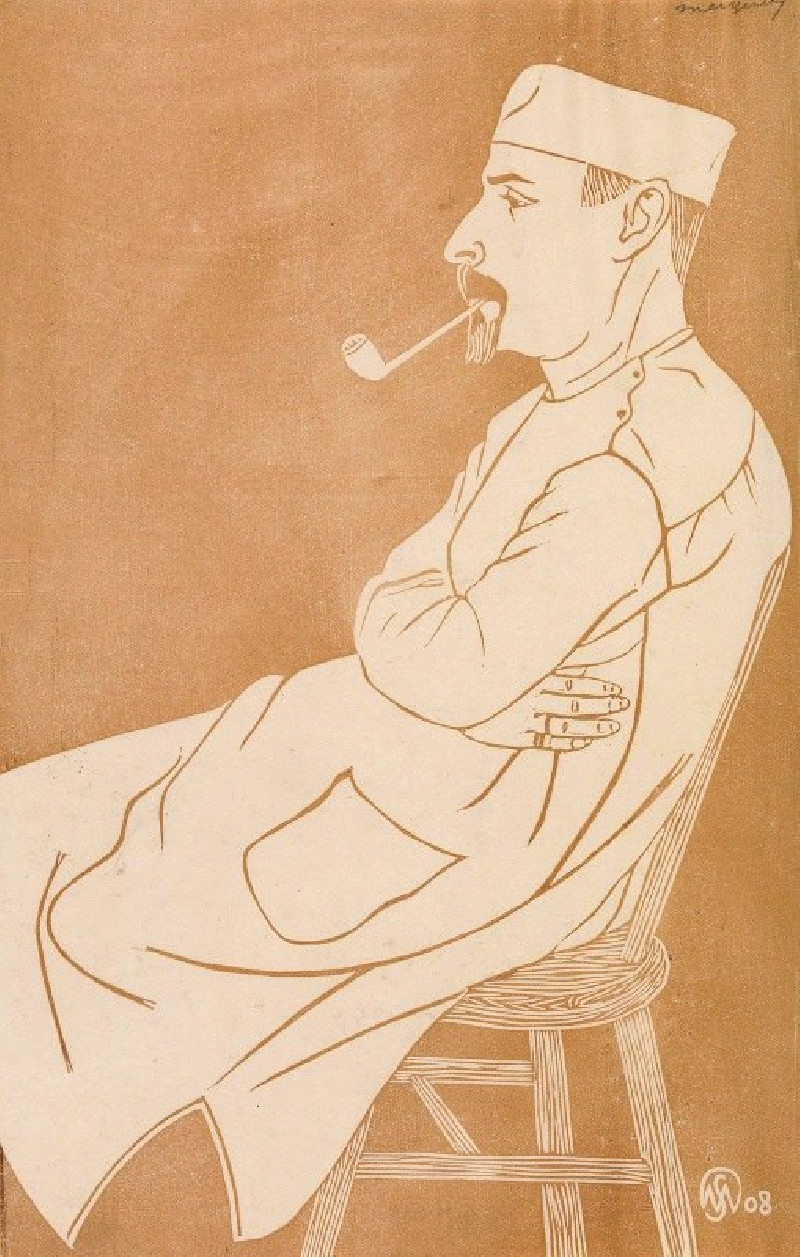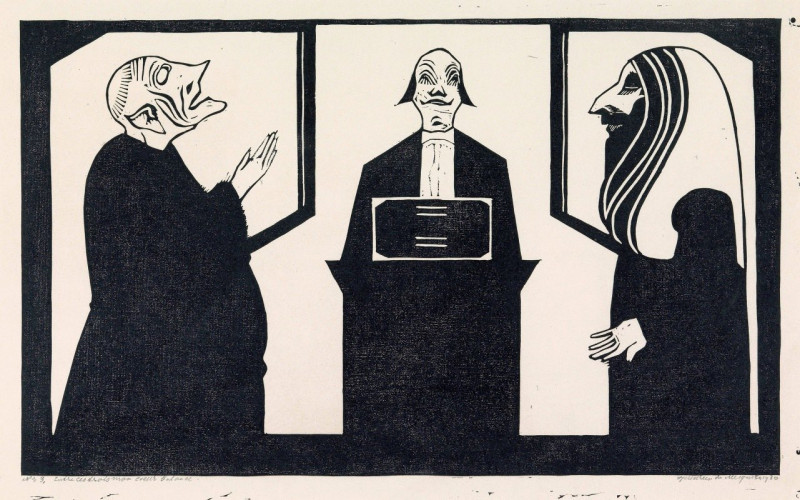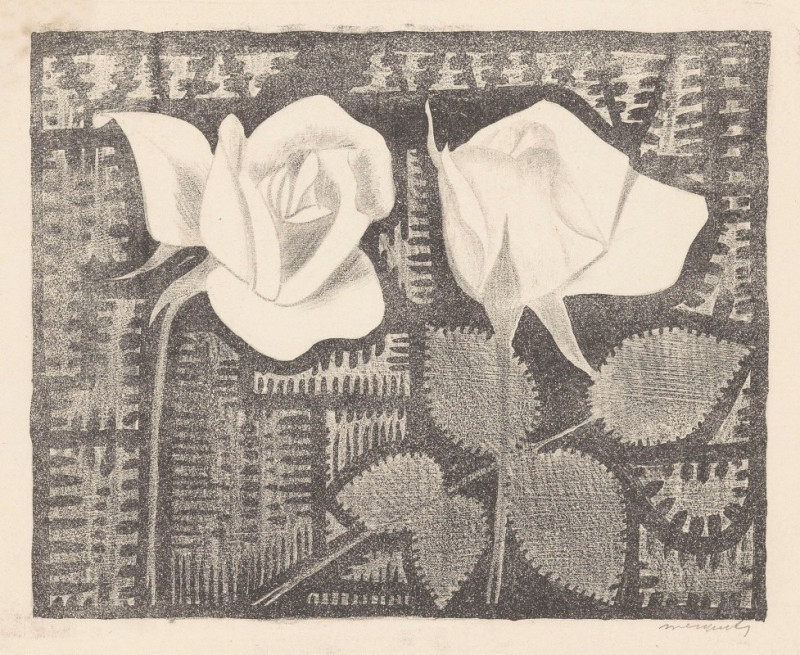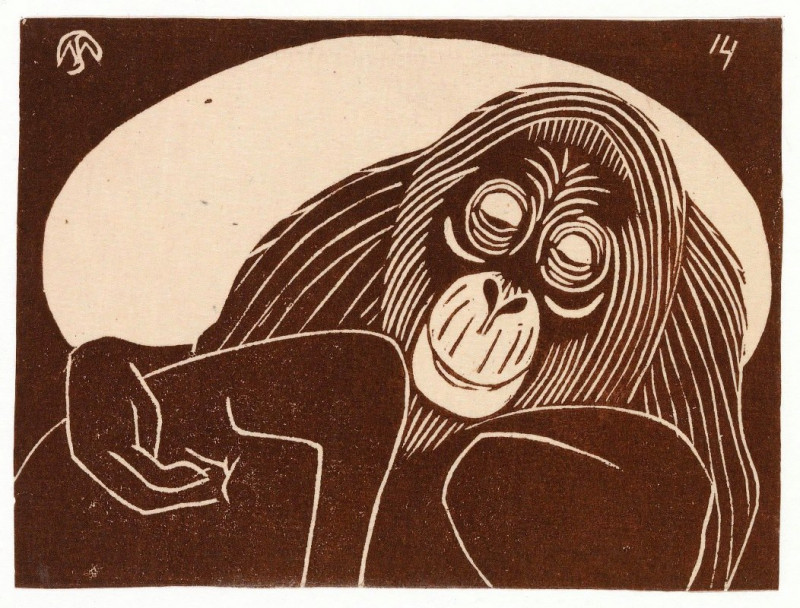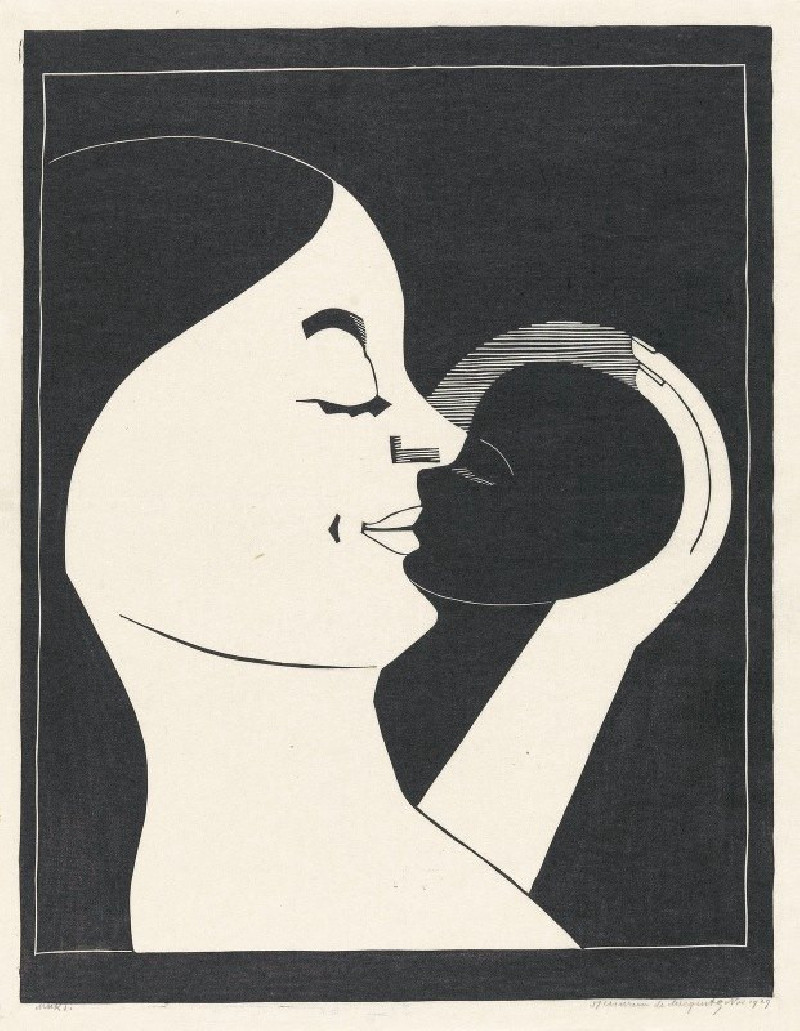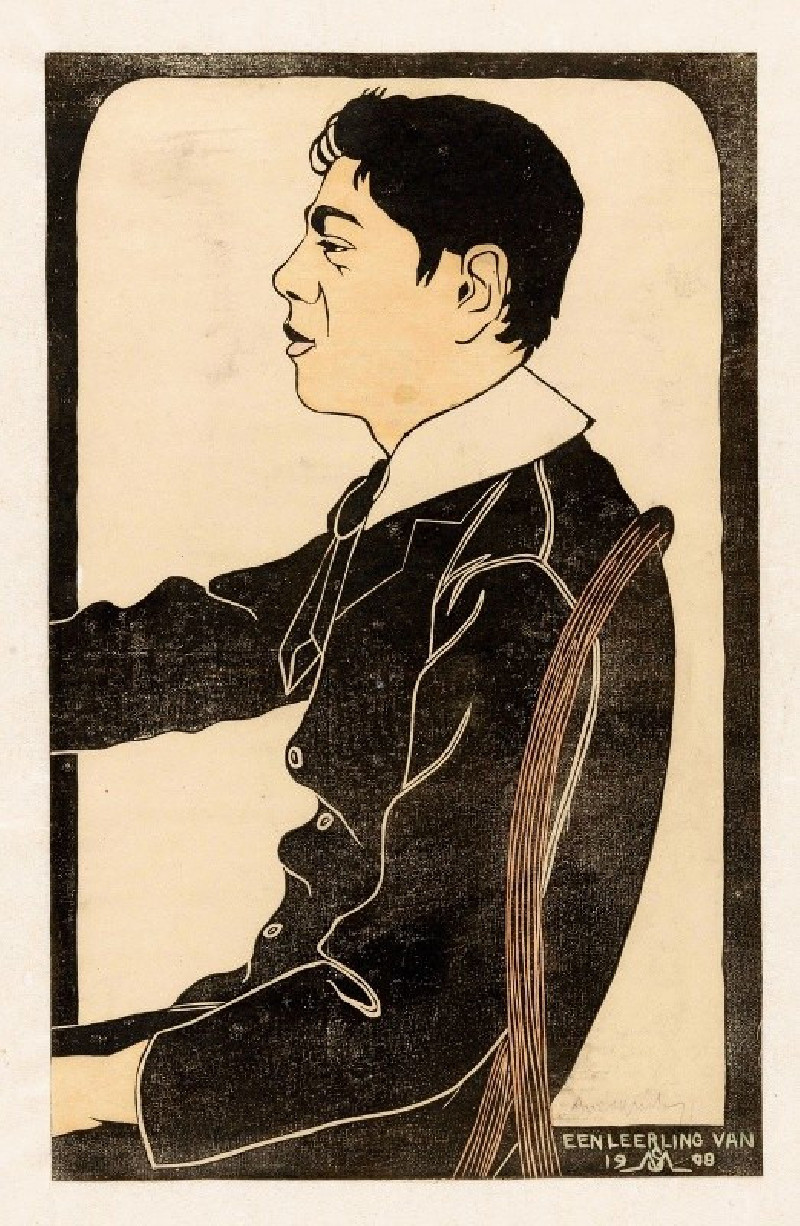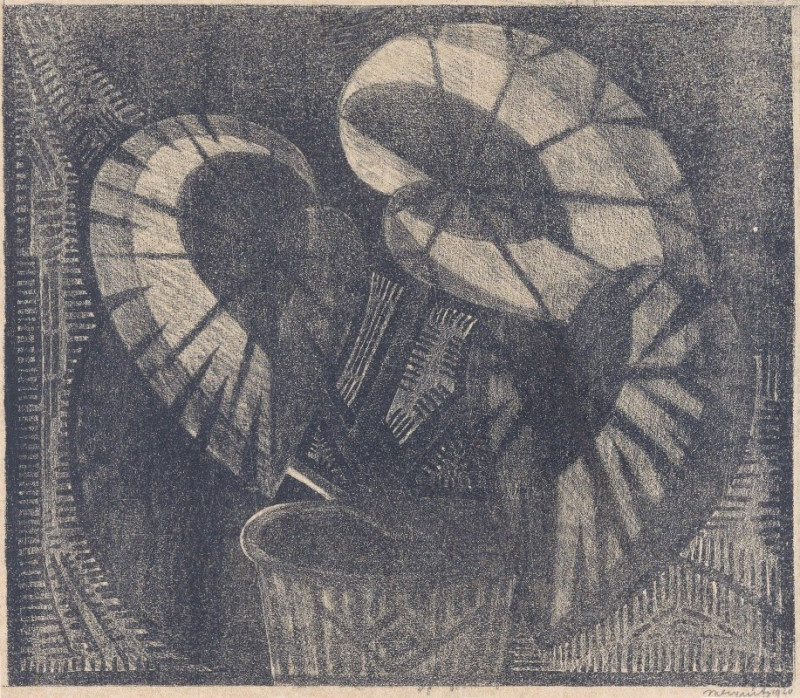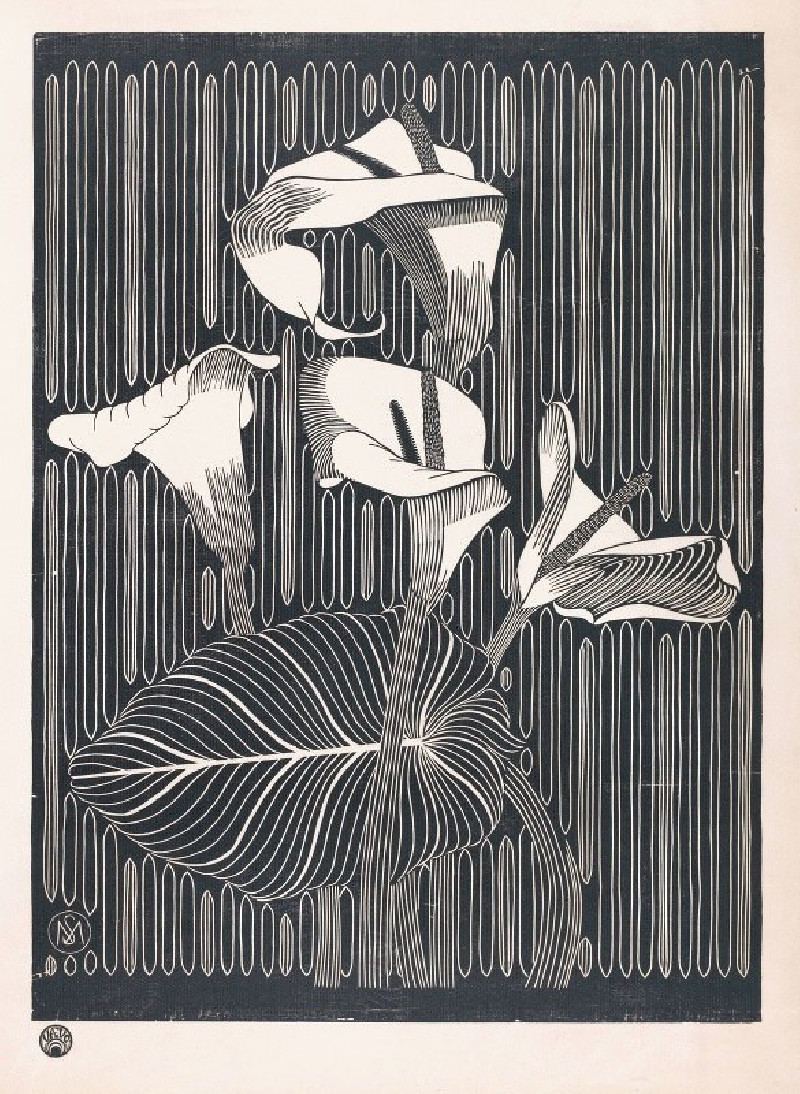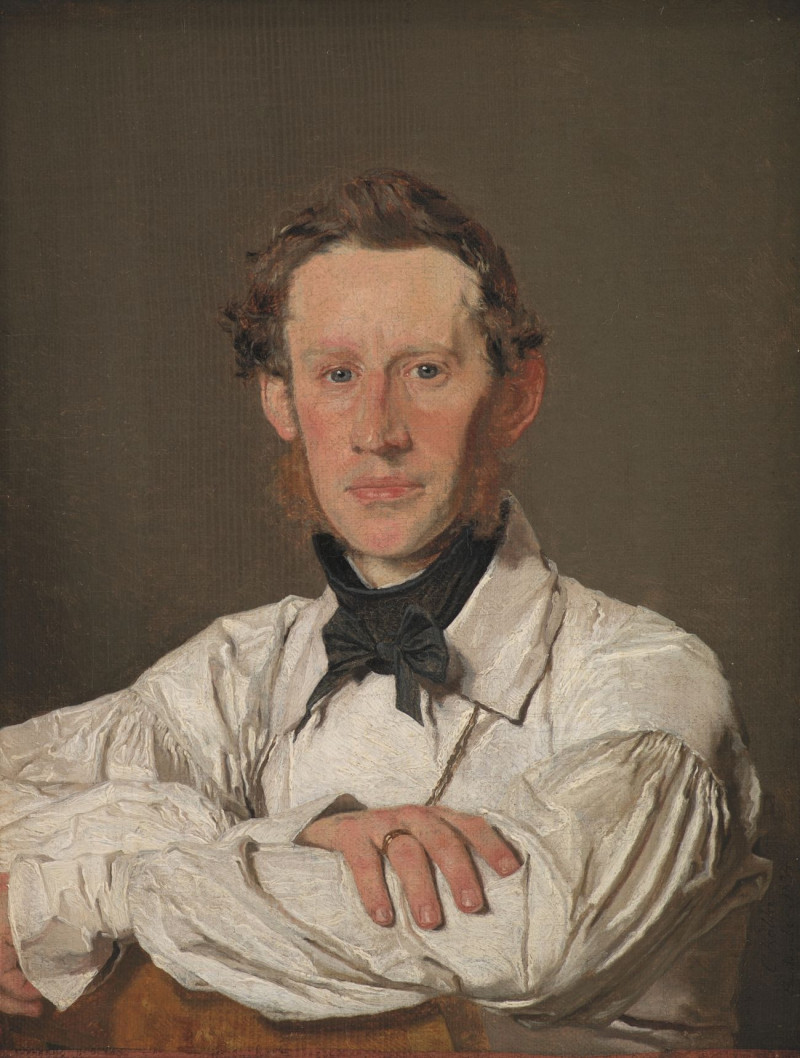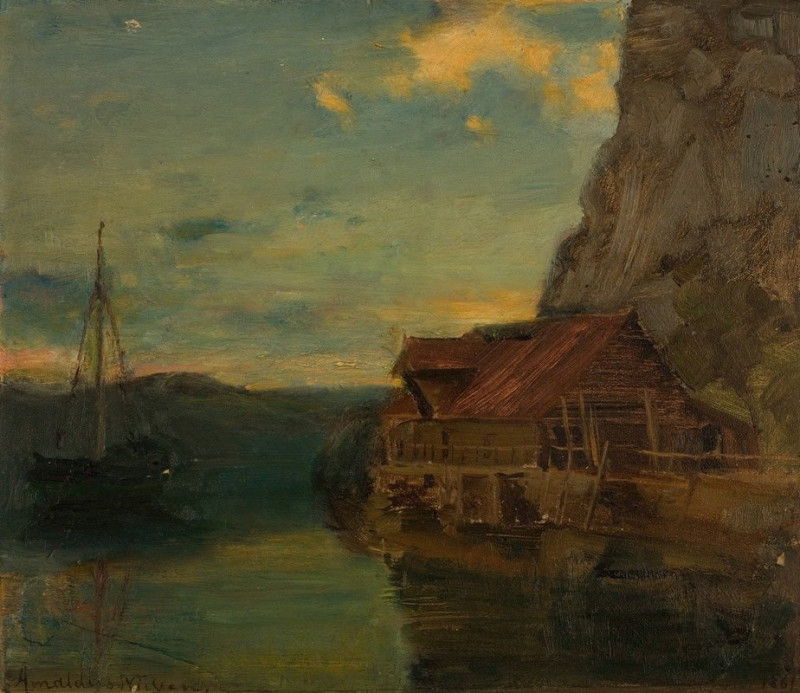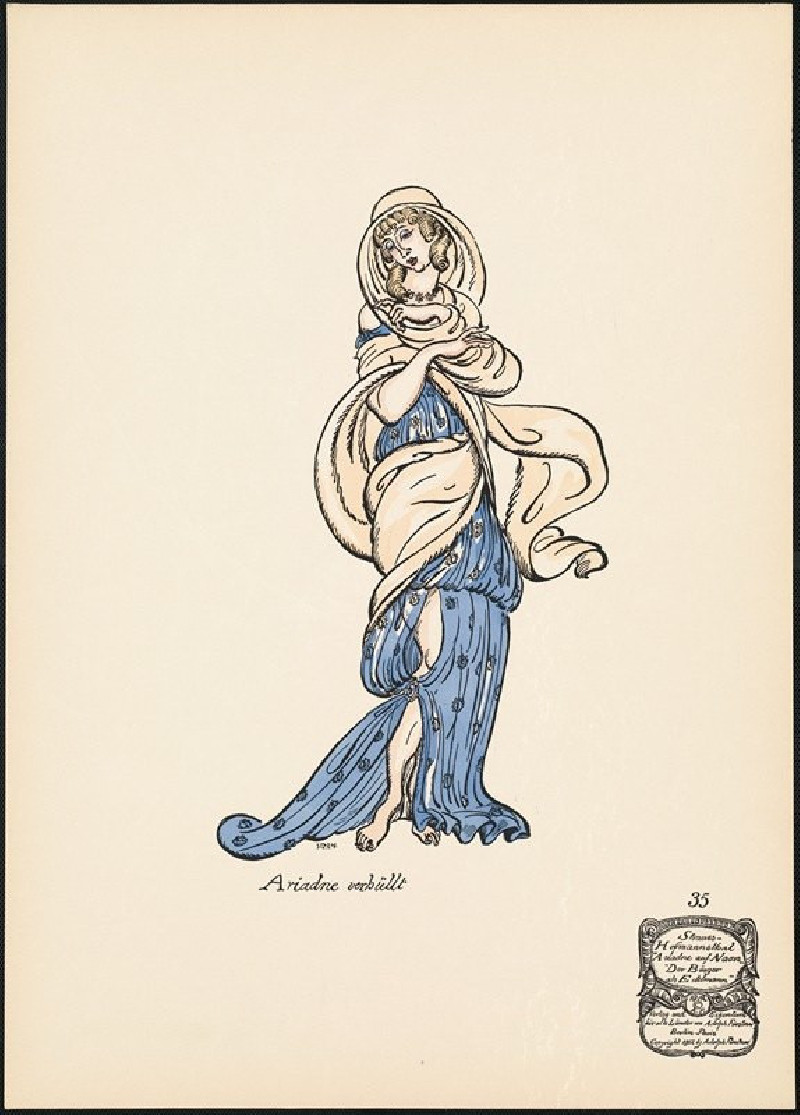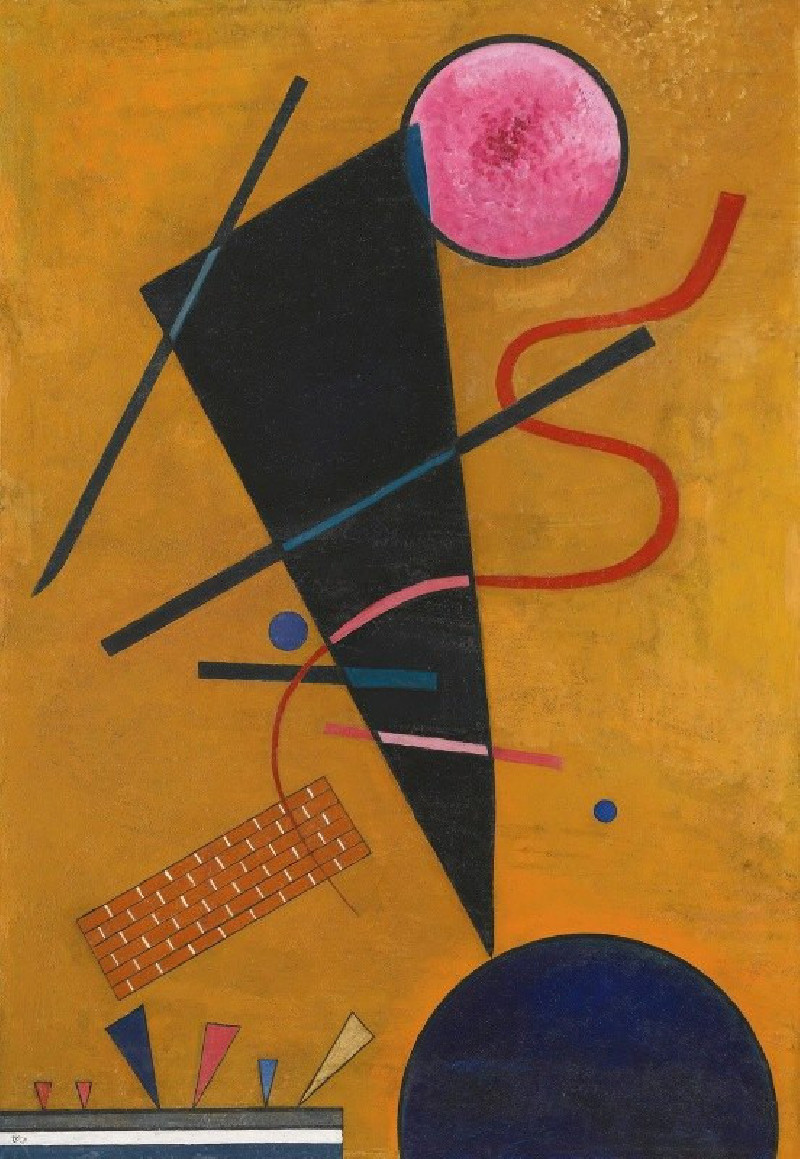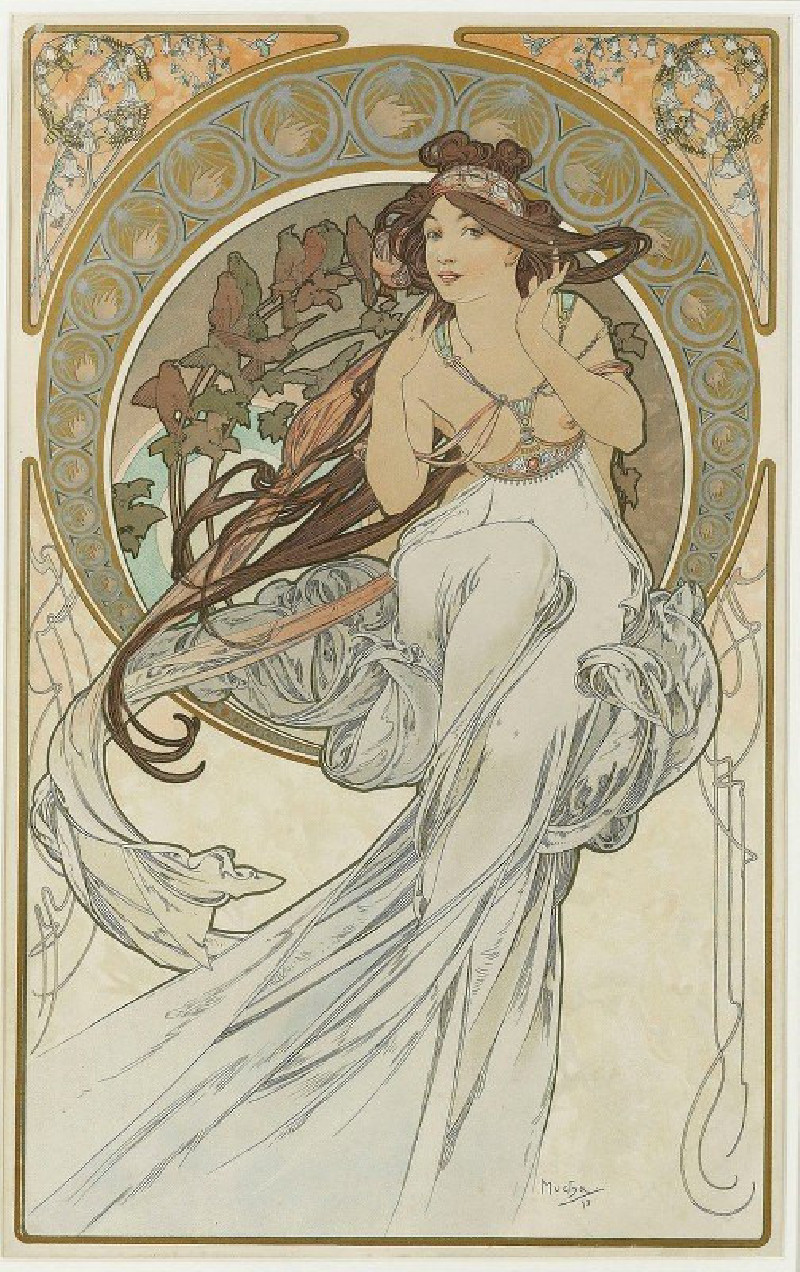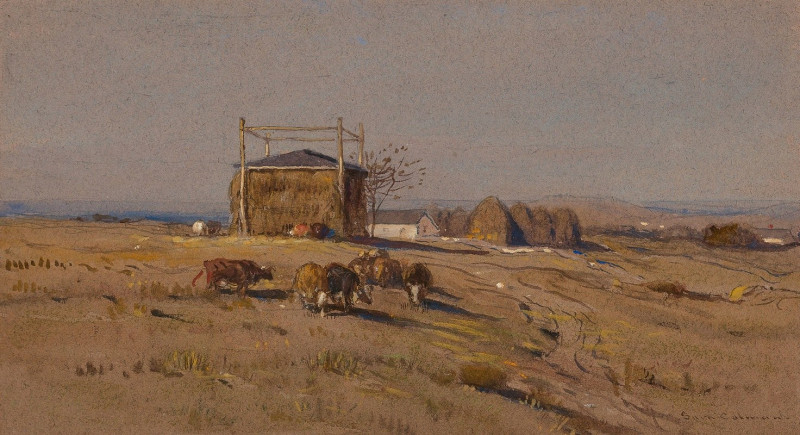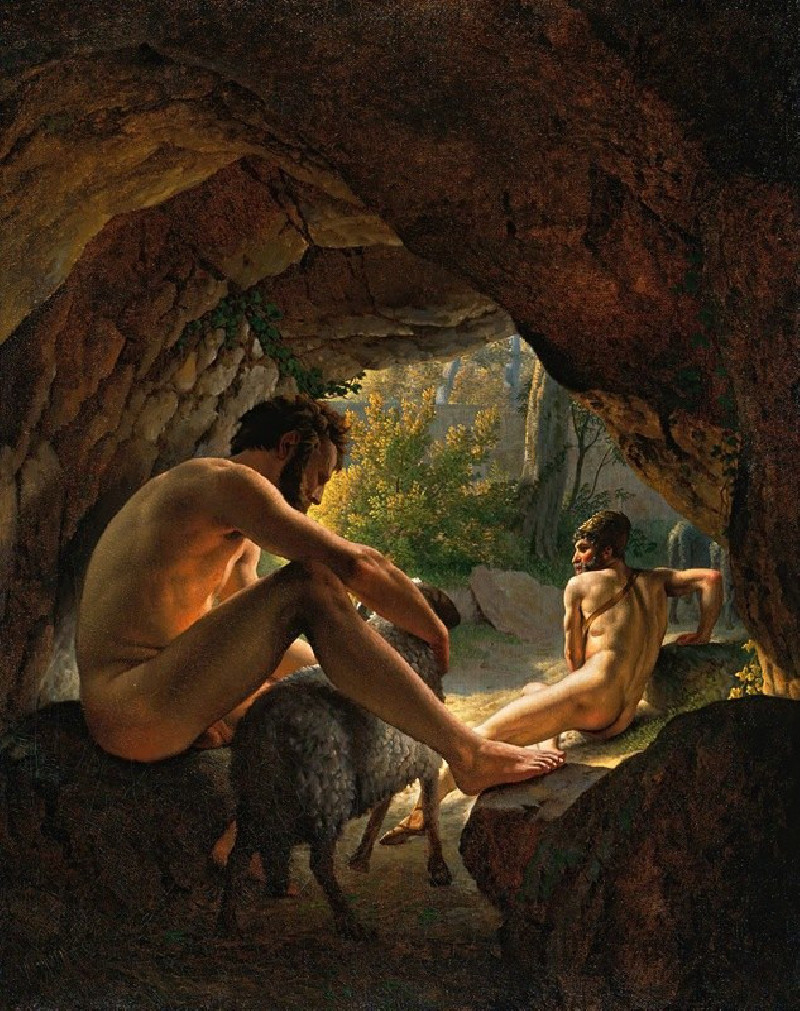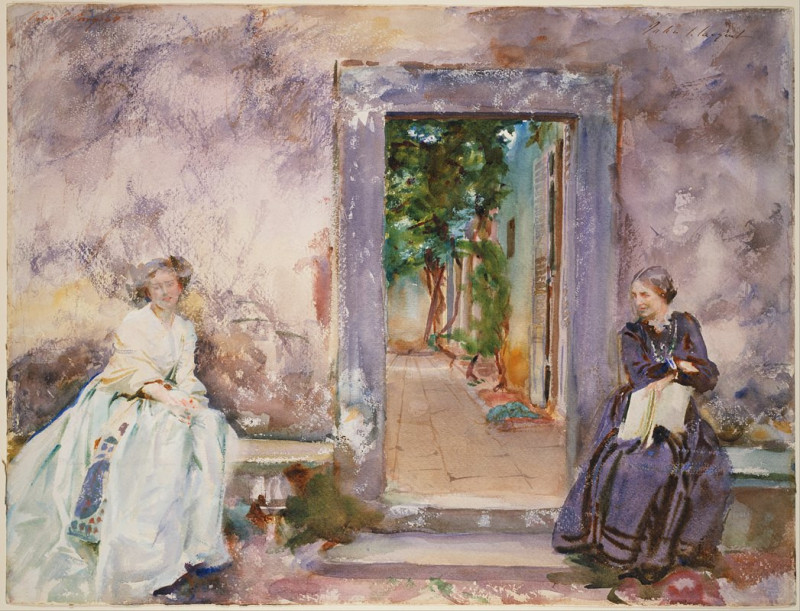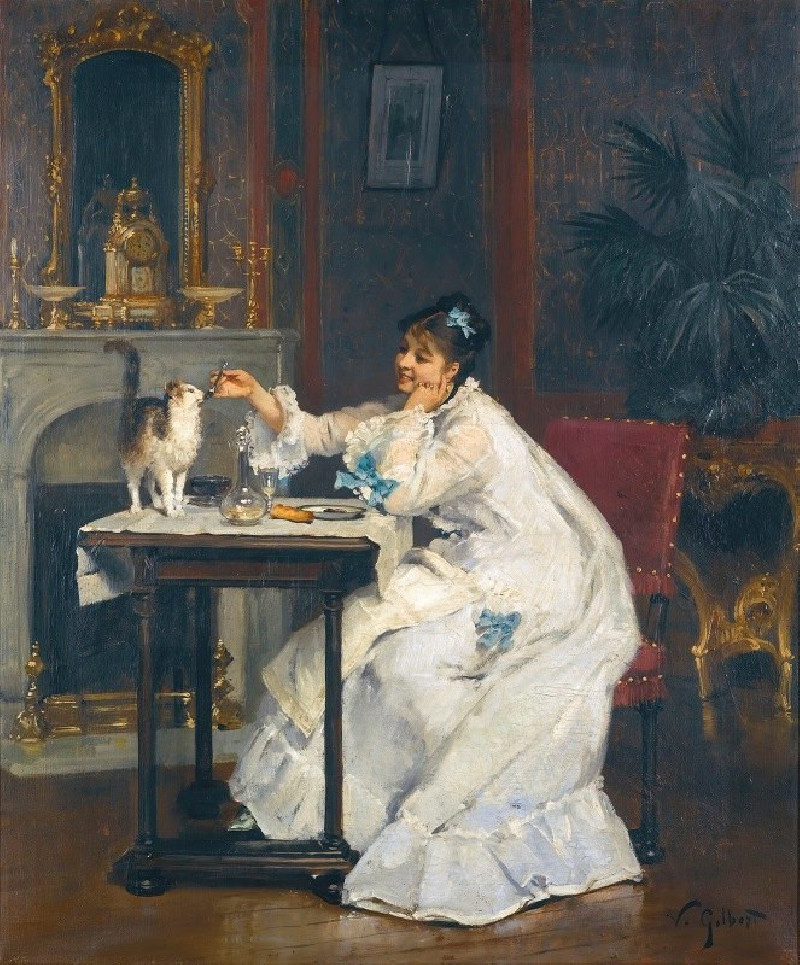Aronskelk (1920)
Technique: Giclée quality print
Recommended by our customers
More about this artwork
Samuel Jessurun de Mesquita’s etching "Aronskelk," created in 1920, captures the elegance and peculiar beauty of the arum lily, a flower known both for its striking appearance and symbolic associations. In this work, Mesquita employs deft, textural contrasts to emphasize the flower's distinctive curvilinear forms and the serene ambiance surrounding it.The composition is marked by a bold, minimalist approach, focusing primarily on the organic contours of the arum lily against a dark, textured background. This juxtaposition highlights the purity and simplicity of the flower's shape, drawing the viewer's eye to the gentle arc of its spathe and the poised spadix. The surrounding darkness enhances the luminous quality of the lily, making it seem almost ethereal.Mesquita’s technique showcases his masterful control of light and shadow, using the chiaroscuro effect to create depth and volume. The surrounding foliage is rendered with expressive lines and deep shading, suggesting a rich, enveloping environment, yet not detracting from the central motif—the lily itself."Aronskelk" is not just a representation of a flower but a contemplative piece, inviting the observer to reflect on natural beauty's transient, yet timeless, allure. Mesquita's work remains a fascinating study, a testament to his ability to capture the essence of his subjects with precision and poetic grace.
Delivery
Returns
Samuel Jessurun de Mesquita was a Dutch graphic artist active in the years before the Second World War. His pupils included graphic artist M. C. Escher (1898–1972). A Sephardic Jew, in his old age he was sent to Auschwitz by the Nazis, where he was gassed along with his wife. After the war, de Mesquita was largely forgotten.

